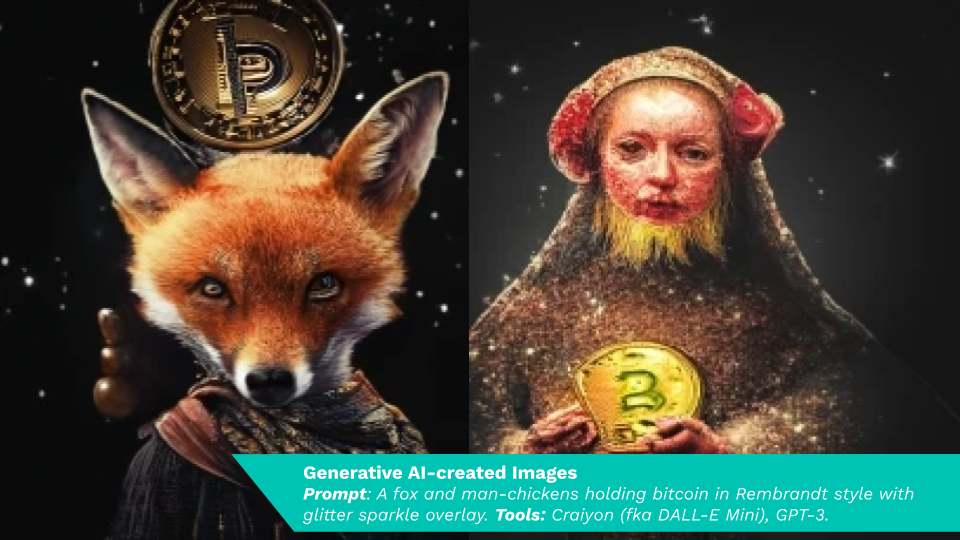IDVerse (formerly OCR Labs) officially launched its new brand identity at the Bitcoin 2023 conference, the world’s largest single gathering devoted to the popular digital currency. Hosted at the Miami Beach Convention Center, the company’s brand debut at BTC23 is indicative of generative AI’s expansive potential to transform the cryptocurrency world through the technology’s groundbreaking application in identity verification (IDV).
Three technologies, infinite possibilities
First, a bit of a primer: Generative AI refers to the use of advanced algorithms and machine learning to generate new content, such as text, images, or videos that closely resemble human-created content. Identity verification involves confirming the authenticity of an individual’s identity or personal information. Cryptocurrencies are digital or virtual currencies that utilize cryptography for secure transactions and operate independently of traditional financial institutions. The newfound intersection of these three fields has created new possibilities (and challenges) in the digital landscape.
The generative AI revolution
Although generative AI has opened up countless prospects for creating realistic content, it also raises ethical and legal concerns regarding the creation of deepfakes—highly convincing image, audio, and video hoaxes. It’s true that generative AI has enabled impressive advancements in various fields, including art, design, and entertainment, but the technology is also being used by bad actors to commit identity fraud, spread disinformation, and damage reputations. As a result, it is crucial to develop robust methods of identifying and verifying the authenticity of digital content.
Identity verification in a deepfake world
This is where identity verification comes into play. Identity verification systems employ various techniques including biometric data and document verification to confirm the identity of individuals. By combining artificial intelligence and machine learning algorithms, these systems can automate the process of analyzing and matching data to establish the authenticity of an individual’s identity. With the advancement of generative AI, however, the challenge of verifying digital identities becomes more complex. The authenticity of official identification documents can be compromised, making it harder to rely on traditional manual identity verification methods.
Crypto and digital identities
Decentralized by design and protected by cryptographic security measures, cryptocurrencies have introduced new avenues for identity verification and secure transactions. Blockchain technology, the underlying infrastructure of most cryptocurrencies, offers a distributed, unchangeable ledger that can store and verify identity-related information securely. Some blockchain-based projects are exploring the concept of self-sovereign identity, which empowers individuals to have full control over their personal information and selectively disclose it at their discretion for verification purposes.
Some cryptocurrency projects are also exploring the use of decentralized identifiers (DIDs) and verifiable credentials, which leverage cryptography and blockchain to create tamper-proof, portable digital identities. These digital identities can be used for various purposes, such as accessing services, proving qualifications, or establishing trust in online interactions.
A private (yet secure) crypto ecosystem
While cryptocurrencies offer potential benefits for identity verification, they also present serious challenges. The anonymous nature of some digital currencies can facilitate illicit activities and money laundering. Ensuring both privacy and security is crucial in developing robust identity verification systems within the cryptocurrency ecosystem and harnessing the massive potential of these interconnected domains in a responsible and sustainable manner.
About the post:
Images are generative AI-created. Prompt: A fox and man-chickens holding Bitcoin in Rembrandt style with glitter sparkle overlay. Tools: Craiyon (fka DALL-E Mini), GPT3.
About the author:
Shane Tepper writes about emerging trends in the world of technology with particular focus on generative AI and identity verification. With nearly 15 years of experience in media production, advertising, and the tech industry, he leads content marketing for IDVerse, an OCR Labs company. Tepper is currently based in Atlanta, GA.


